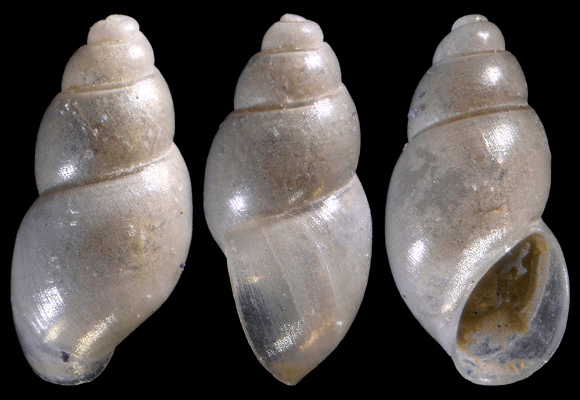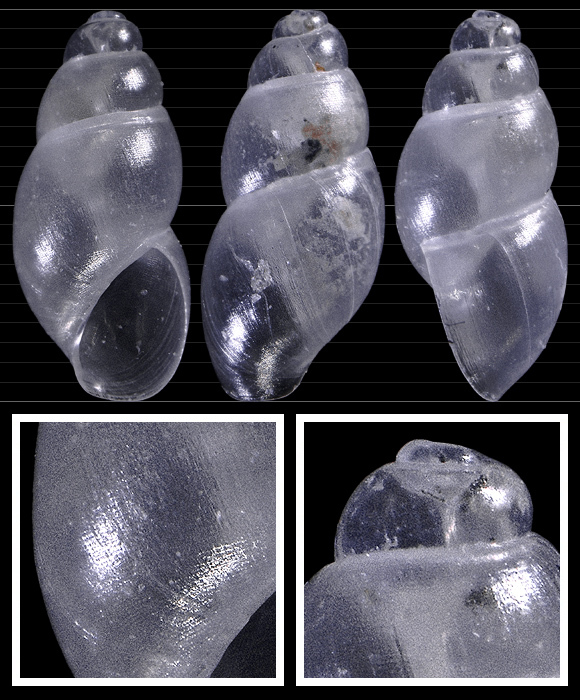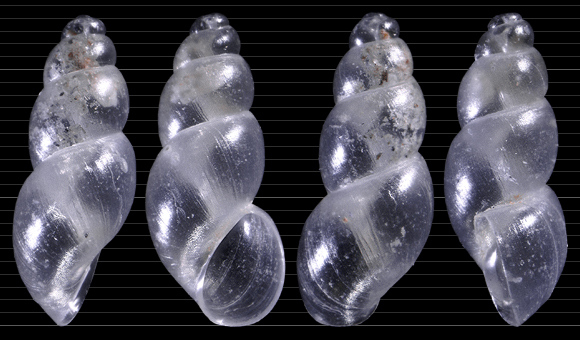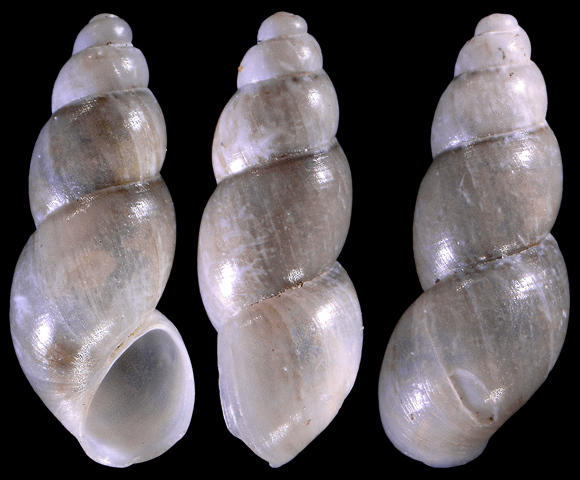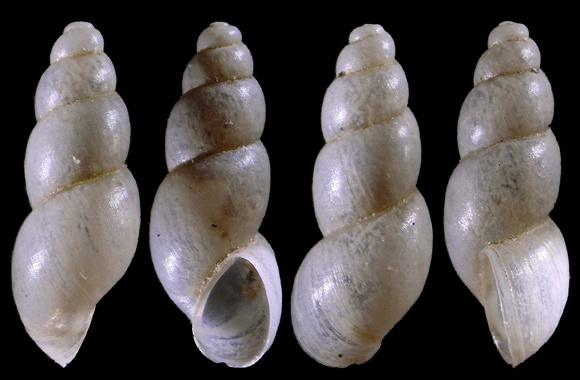
Grazer and detritus feeder in the infralittoral-circalittoral.
Protonym: Turbo vitreus. Synonym: mediterranea.
« Turbo with a thin, pellucid, white, smooth, sub-cylindric shell, with four very rounded volutions, separated by a deep depressed line ; apex rather obtuse; aperture suboval, contracted at the upper end; outer lip thin; inner lip a little thickened. » – G. Montagu: Testacea brittanica, London 1803, p.321. – 80-150m deep, Málaga, Andalucia, S. Spain. 3mm.
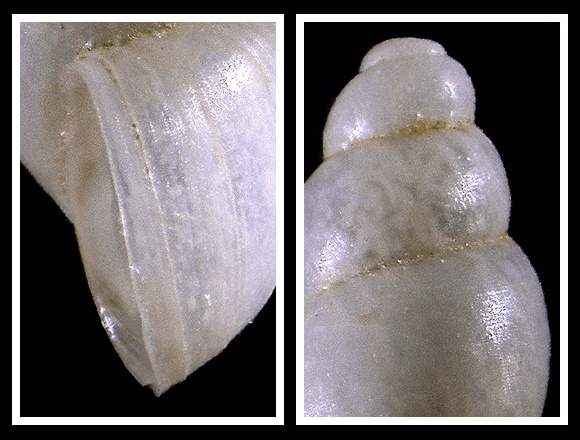
The species is not as smooth as it appears. In addition to growth lines, especially marked near the aperture, very minute spiral striae run here and there all along the spire, as noticed by Winston F. Ponder in his description of the genus.
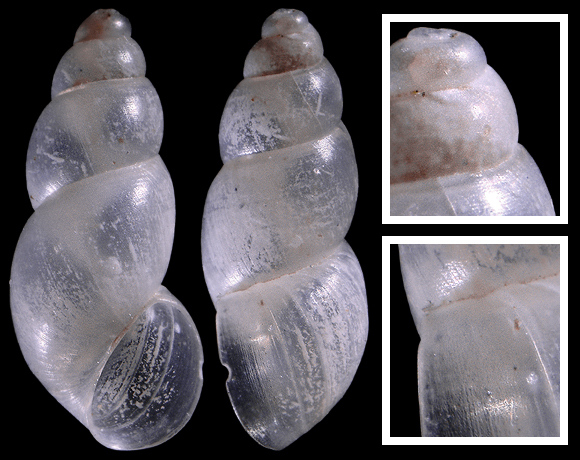
« Suture between penult and last whorl very deep, often cutting into shell profile closer to shell axis than between antepenult and penult whorls. […] The sides of the basal half of the shell are nearly parallel (discounting the curvature of the whorls), but bent to the rather blunt apex. » – A. Graham: Molluscs: Prosobranch and Pyramidellid Gastropods : Keys and Notes for Identification of the Species, Linnean Society of London and the the Estuarine and Brackish-water Sciences Association, 1988, p.206 – [Link to a source]. The spirals, always very weak, appear in the early whorls but never on the last one. 80m deep, Bay of Cassis, Provence, S. France. 2,8mm.
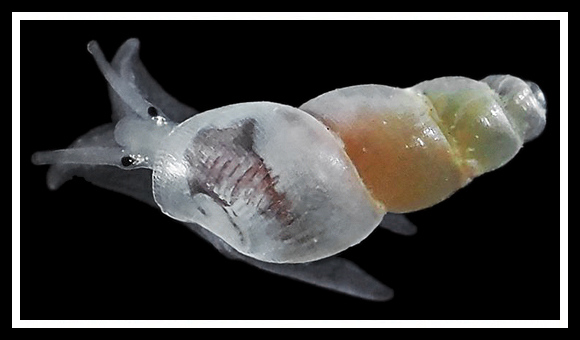
– (CC BY-NC-SA) –
